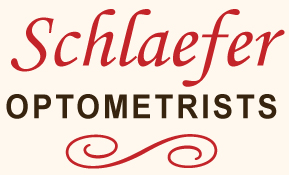Have you noticed tiny shadows cast upon objects you are looking at? Do you see small spots in your vision when looking at a clear or overcast sky? You may be seeing floaters and spots in your field of vision.
What is the spot in my vision?
It is completely normal to see spots or floaters in your vision. As you age the gel-like consistency in your eyes begins to dissolve creating floaters in the watery center of your eye. While you cannot see the particle floating in your eye, a shadow of these particles can be seen reflected in the objects you are viewing.
Do I need treatment for my floaters?
No, most of the time treatment is not required for floaters in the eye. The floaters and spots are harmless, and most will fade over time. If your vision is inhibited by large floaters, give our office a call to discuss options available to reduce these symptoms.
Why is there a flash in my vision?
When light enters your eye it sends a message to the retina, the retina then produces an electrical impulse which is sent to the brain. The brain interprets this impulse as an image. If the retina is tugged, torn, or detached from the back of the eye it is common to see a flicker of light. The flashes or flickers of light can be temporary or continue indefinitely depending on the severity of the retinal issue.
Is this ever a medical emergency?
Seeing a few new floaters is not an emergency, however, if you suddenly see a shower of floaters or spots this may be cause for concern. The sudden appearance of flashes of light could mean that damage is occurring to your retina. If any of these symptoms suddenly appear, call our office immediately to discuss with your eye doctor.
Conditions associated with eye floaters and flashes:
- Bleeding inside the eye
- Inflammation of the interior of the eye
- Nearsightedness
- Cataract surgery
- Laser eye surgery
- Diabetes
- Eye infections

